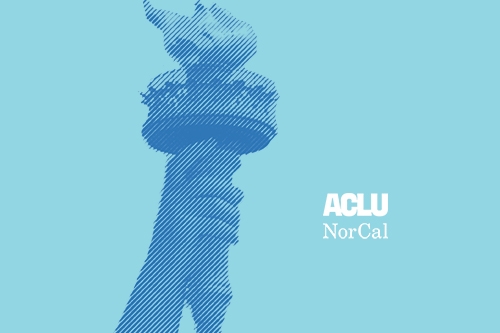TALON Database Just Tip of Iceberg
Page Media

In August, privacy advocates applauded the Defense Department's decision to close its Threat and Local Observation Notice (TALON) system. While the decision to shut down the much maligned program is a good one, it certainly does not mean the end to the intelligence database threat to civil liberties.
The Defense Department reportedly initiated the TALON program in 2003 to store intelligence reports about possible threats to military bases. It soon expanded the database to include reports by local law enforcement and federal agencies on everything from socialist party gatherings to peaceful protests by grandmothers against the Iraq War.
While the TALON program has been scrapped, the information gathered will be included in the FBI's Guardian Threat Tracking System until a replacement can be built. Post-TALON, government intelligence agencies still have expansive and not fully disclosed capabilities to spy on law abiding Americans.
"There is still too much that remains unanswered about the Pentagon's surveillance activities in this country," says Caroline Fredrickson, Director of the ACLU Washington Legislative Office. "The TALON program could be just the tip of the iceberg. It remains critical that Congress investigate how the abuse of the TALON database happened in the first place and conduct proper oversight of other intrusive surveillance by the executive branch."
The ACLU has also been investigating a new government database development called "fusion centers." Fusion centers utilize powerful technology to analyze and to share intelligence information not just between federal agencies, but with state and local law enforcement in each state as well. So much information is gathered and held by these centers that sophisticated software is sometimes used to sort through it and identify potential threats.
Funded in part with hundreds of millions of dollars in federal grant money, fusion centers mesh local, state, and federal agencies together in fast response and data sharing centers. Today, after little to no public debate, fusion centers have been created in a majority of states.
California alone is home to four fusion center-like law enforcement networks, including one based in Sacramento coincidentally named TALON.
Fusion centers can encourage the sharing and retention of intelligence data even if it has been wrongfully collected. Although there are federal guidelines meant to safeguard privacy and civil liberties, they are merely guidelines. Fusion center oversight is largely performed by law enforcement itself with little accountability when it comes to how their new and powerful tools are being used.
Fusion Centers allow local, state, and even private law enforcement to become "tipsters" for federal databases, even when those "tips"might have been gathered improperly or used to advance or quash a particular viewpoint. Most fusion centers also accept information from sources such as private individuals and corporations that may not know a proper collection technique from an improper one.
Government funded video surveillance streams funnel into at least some fusion centers and provide another dimension to the data collected. With so much information coming in, real threats to our security can be lost amongst the noise while less than dangerous conduct, such as peaceful protest, is surveilled as terrorism.
With fusion centers, federal intelligence databases, and other, perhaps unknown programs, an unchecked civil liberties violation in one location can quickly grow and endure.
Click here to read the ACLU Talon Report.
For more information on Fusion Centers, check out the ACLU of Massachusetts's formal request for documents describing the purpose, structure, and funding of the state fusion center here.
